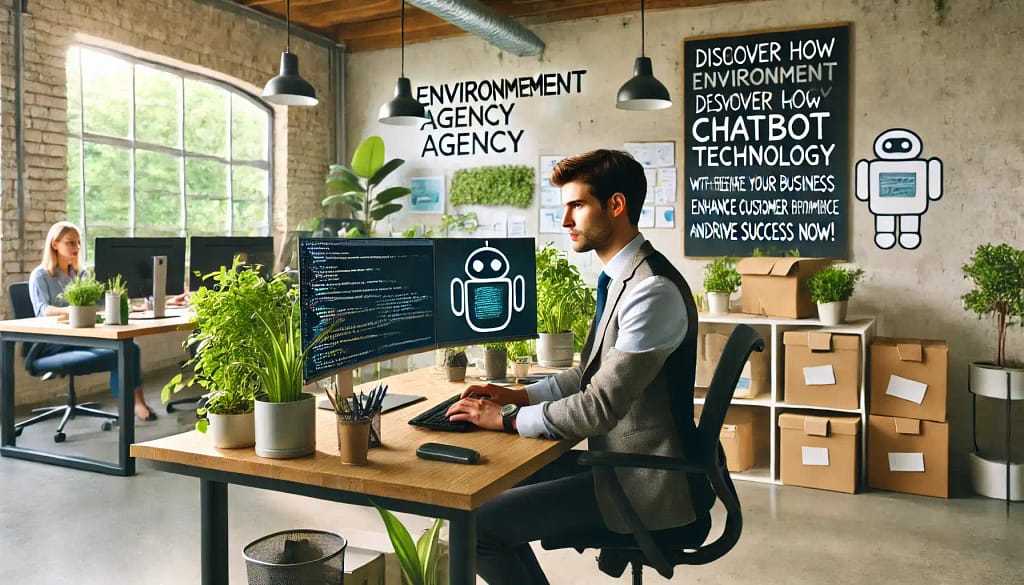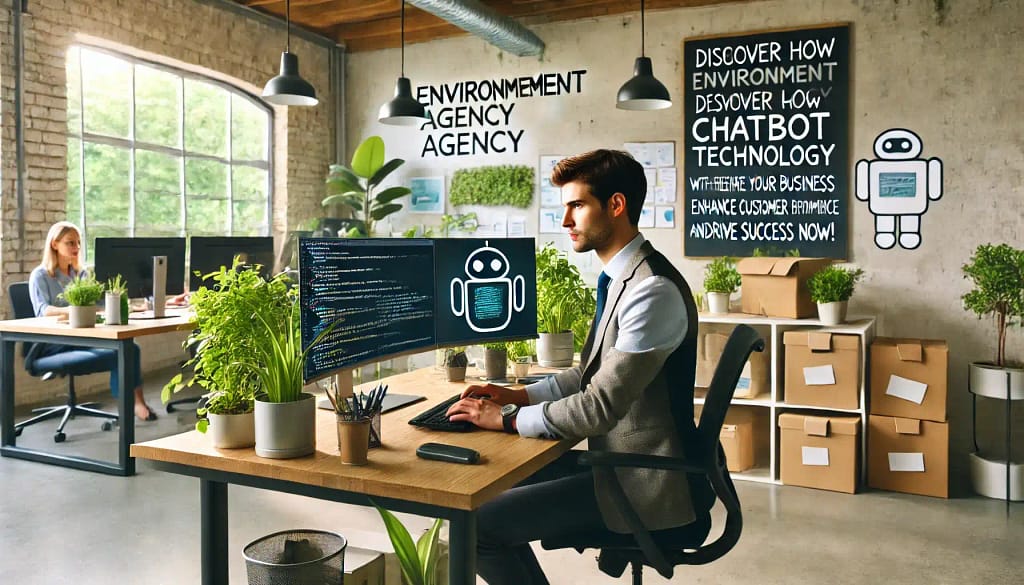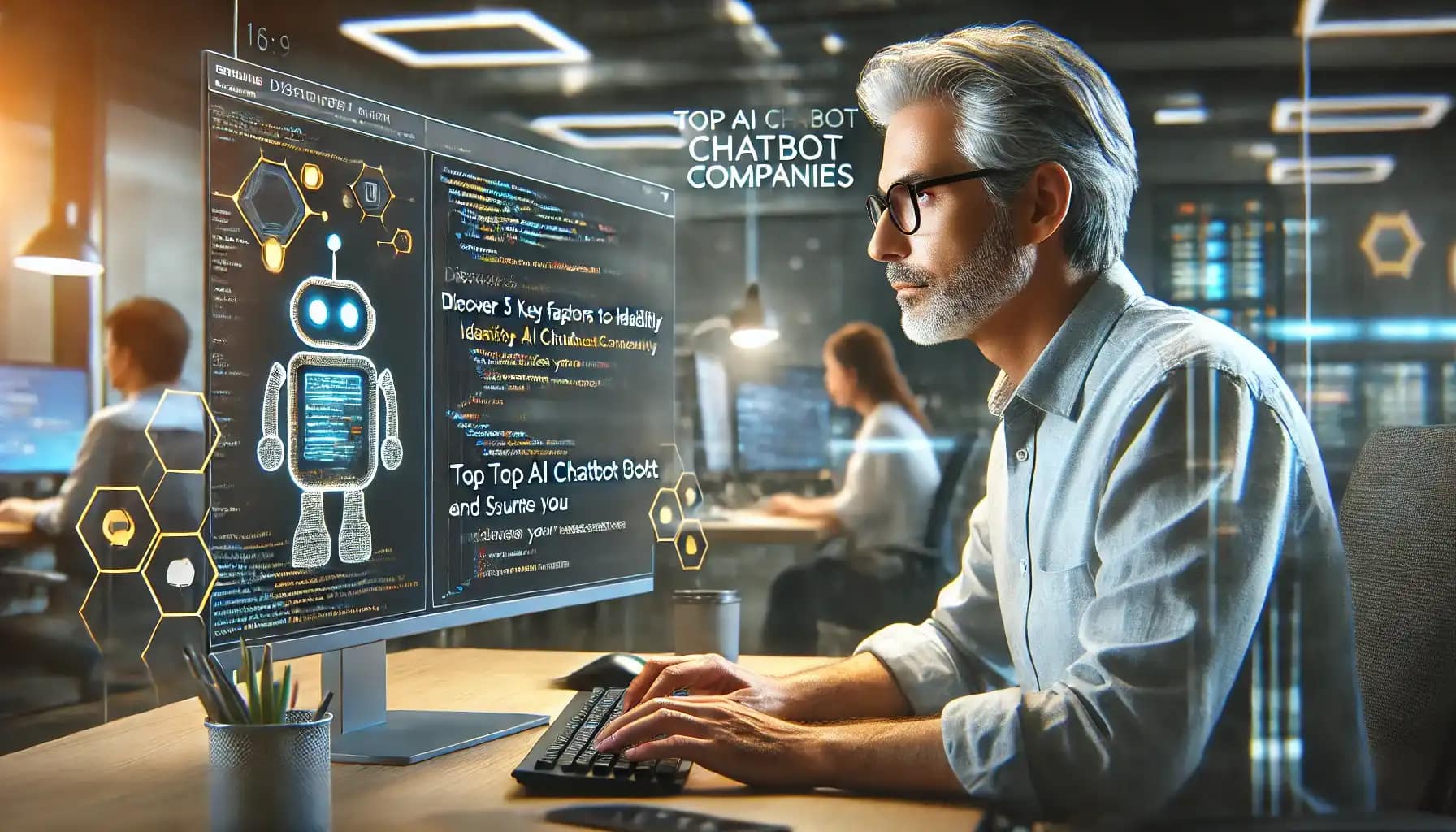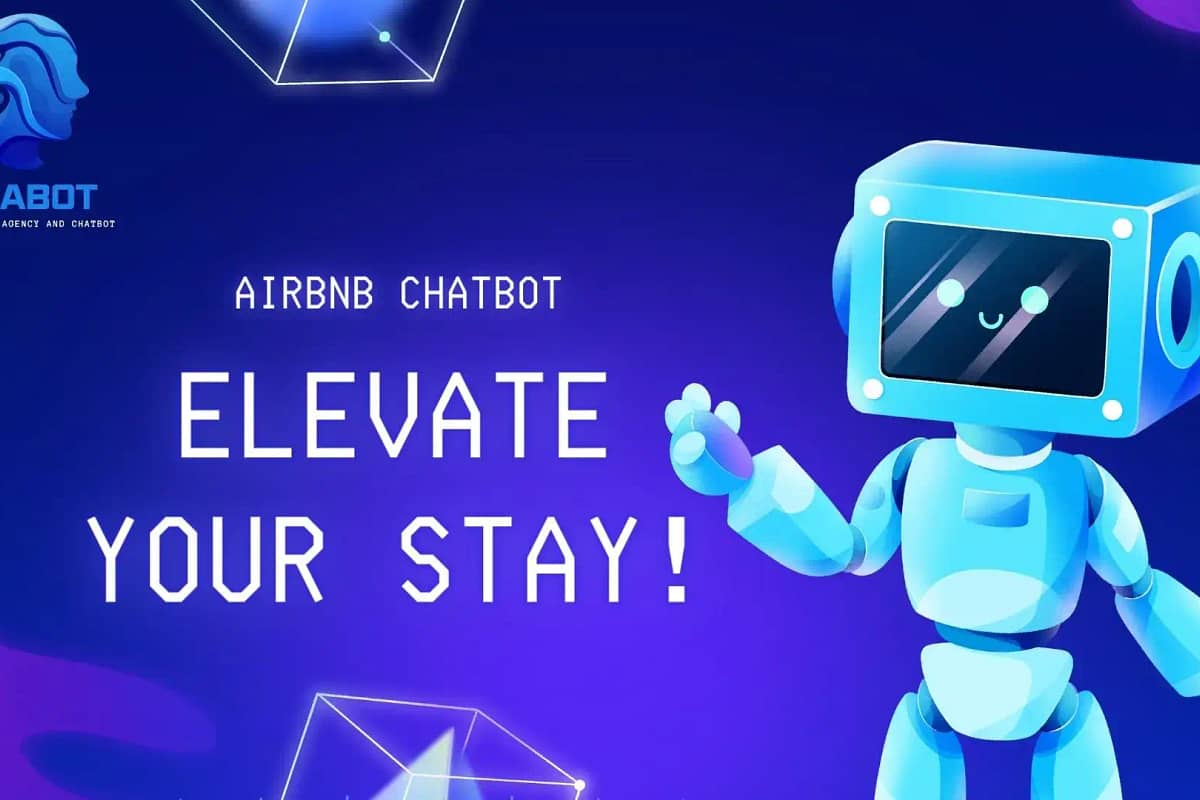Chatbot technology is transforming the way we interact with businesses. Unlike traditional customer service, chatbots offer instant responses and 24/7 availability. They enhance user experience by providing quick solutions and personalized interactions. Businesses benefit from reduced operational costs and improved efficiency. Chatbots are not just a trend; they are becoming essential in various industries. From retail to healthcare, their applications are vast and impactful.
Key Takeaways
- Understand Chatbots: Chatbots are software programs designed to simulate human conversation, often used in customer service and support.
- Mechanics of Chatbots: They work by using natural language processing (NLP) to interpret and respond to user inputs, improving efficiency and user experience.
- Business Benefits: Chatbots offer significant value to businesses by providing 24/7 customer support, reducing operational costs, and enhancing user engagement.
- Customer Advantages: For customers, chatbots provide quick responses, personalized interactions, and a seamless experience across various platforms.
- Technological Evolution: The evolution of chatbots from simple scripted bots to advanced AI-driven systems shows the rapid advancements in technology and its potential future applications.
- DIY Chatbot Creation: Creating your own chatbot involves understanding your business needs, choosing the right platform, and continuously training the bot to improve its performance.

What is a Chatbot?
Definition and Basics
Chatbots are software applications designed to simulate human conversation. They can interact with users through text or voice. Text-based interactions occur via messaging apps, websites, or mobile apps. Voice-based interactions happen through smart speakers or virtual assistants.
There are two main types of chatbots: rule-based and AI-driven. Rule-based chatbots follow pre-set rules and scripts. AI-driven chatbots use machine learning to understand and respond more naturally.
Purpose and Creation
Chatbots serve various purposes. They automate customer service, handle queries, and engage users. Businesses use them to reduce response times and improve efficiency.
Creating a chatbot involves several steps:
- Define the objectives.
- Design the conversation flow.
- Develop the bot using suitable platforms.
- Test and deploy it.
AI chatbots require training datasets for learning. Continuous learning is crucial for improving their performance over time.
Types of Chatbots
There are different types of chatbots. Rule-based chatbots operate on predefined rules. AI-powered chatbots leverage artificial intelligence to provide more dynamic responses.
Hybrid chatbots combine rule-based logic with AI capabilities. This makes them versatile and efficient.
Specialized chatbots exist in various sectors:
- Healthcare: Assist patients with medical information.
- Finance: Help users manage accounts and transactions.
- E-commerce: Guide customers through shopping experiences.
How Chatbots Work
Core Technologies
Chatbots rely on several core technologies. Natural language processing (NLP) helps them understand and respond to human language. Machine learning allows chatbots to learn from interactions and improve.
Conversational AI platforms play a crucial role. They enable developers to create advanced chatbots with complex capabilities. These platforms provide tools for building, testing, and deploying chatbots.
Cloud computing is essential for scaling chatbot operations. It offers the necessary infrastructure and resources. This enables chatbots to handle large volumes of interactions efficiently.
Machine Learning
Machine learning is vital for chatbot development. It enables chatbots to learn from past interactions. Over time, they become better at understanding and responding to users.
There are two main types of learning methods: supervised and unsupervised. Supervised learning involves training the chatbot with labeled data. Unsupervised learning uses data without labels, allowing the chatbot to find patterns on its own.
Large datasets are crucial for effective training. The more data a chatbot has, the better it can learn and improve. This leads to more accurate and helpful responses.
Natural Language Processing
Natural language processing (NLP) is key to chatbot functionality. NLP helps chatbots understand user input by breaking down language into understandable parts.
Techniques like tokenization, sentiment analysis, and entity recognition are used in NLP. Tokenization splits text into individual words or phrases. Sentiment analysis determines the user’s emotional state. Entity recognition identifies specific information, like names or dates.
NLP faces challenges such as handling ambiguity and context. Different meanings of words and varying contexts make it difficult for chatbots to always understand correctly.
Value to Businesses and Customers
Customer Experience
Chatbots enhance customer experience by providing instant responses. They offer personalized interactions, which make customers feel valued. In omnichannel customer service strategies, chatbots integrate seamlessly across various platforms. This ensures consistent support whether customers are on a website, app, or social media.
Designing user-friendly chatbot interfaces is crucial. A well-designed interface makes the interaction smooth and enjoyable. Customers appreciate easy-to-use chatbots that can understand and respond accurately to their queries.
Operational Efficiency
Chatbots streamline business operations by automating repetitive tasks. They handle common inquiries, freeing up human agents for more complex issues. Reducing response times is another benefit. Chatbots can respond instantly, improving overall efficiency.
Operational costs decrease with chatbots. Businesses save money by using fewer human resources for simple tasks. Managing high volumes of customer inquiries becomes easier with chatbots. They can handle multiple conversations simultaneously without delays.
Business Growth
Chatbots contribute to business growth by improving customer satisfaction and retention. Happy customers are more likely to return and stay loyal. The potential of chatbots in generating leads and driving sales is significant. They can engage visitors, answer product questions, and guide them towards making purchases.
Scalability is a key advantage of chatbots. As businesses expand, chatbots can easily support increased demands without extra costs. This scalability makes chatbots an essential tool for growing businesses aiming for long-term success.

Evolution of Chatbots
Early Developments
Chatbots began with rule-based systems. These early chatbots followed scripts and predefined rules. ELIZA, created in the 1960s, was one of the first chatbots. It simulated a psychotherapist by using pattern matching and substitution methodology.
Another notable early chatbot was ALICE. Developed in the 1990s, ALICE used natural language processing but still relied on pre-written responses. These early chatbots had significant limitations. They couldn’t understand context or handle complex conversations.
Modern Innovations
Recent innovations have transformed chatbot technology. Generative AI and deep learning models now drive conversational AI chatbots. These models allow chatbots to learn from vast amounts of data and improve over time.
Intelligent virtual assistants like Siri and Alexa can automate complex tasks. They use advanced AI techniques to understand user intent and provide accurate responses. Chatbots are also integrating with IoT devices and smart home systems, enhancing their functionality.
Future Trends
Future trends in chatbot technology include increased use of voice assistants. Multimodal interactions will combine text, voice, and visual inputs for more engaging experiences. Advanced AI models will enable chatbots to exhibit more human-like conversational abilities.
Ethical considerations and data privacy will become increasingly important. Developers must ensure that AI chatbot solutions respect user privacy and operate transparently. The focus will be on creating trustworthy and reliable AI customer service bots.
Creating Your Own Chatbot
Initial Steps
First, identify the use cases for your chatbot. Understand your business needs and how a chatbot can help. Set clear goals for what you want to achieve.
Choose the right platform and tools. This decision is crucial for success. Ensure the platform supports your requirements.
Testing is essential. Gather user feedback during development. This helps refine the chatbot before launch.
Tools and Platforms
Popular platforms include Ollabot, Dialogflow, Microsoft Bot Framework, and IBM Watson. These platforms offer various features.
Dialogflow supports natural language processing. Microsoft Bot Framework provides extensive integration options. IBM Watson offers scalable solutions.
Pre-built templates and SDKs are available. They speed up deployment and reduce development time.
Best Practices
Design with a conversational tone. Clarity is key to user satisfaction. Make interactions simple and intuitive.
Continuous training is vital. The chatbot must stay relevant by learning from new data.
Monitor performance metrics regularly. Identify areas needing improvement to enhance user experience.
Summary
Chatbots are revolutionizing how businesses interact with customers. They offer streamlined, efficient communication that benefits both parties. From simple queries to complex tasks, chatbots are evolving rapidly, becoming smarter and more intuitive.
Ready to dive into chatbot technology? Start building your own and see the difference it makes. Embrace the future of customer service today. Your business will thank you.

Frequently Asked Questions
What is a Chatbot?
A chatbot is a software application designed to simulate human conversation. It interacts with users via text or voice, often through messaging apps, websites, or mobile apps.
How do Chatbots Work?
Chatbots use natural language processing (NLP) and machine learning to understand and respond to user inputs. They can be rule-based or AI-driven for more complex interactions.
What Value Do Chatbots Provide to Businesses?
Chatbots enhance customer service by providing instant responses, reducing wait times, and handling repetitive tasks. This improves efficiency and customer satisfaction.
How Have Chatbots Evolved Over Time?
Chatbots have evolved from simple rule-based systems to sophisticated AI-driven models. They now understand context, learn from interactions, and provide personalized experiences.
Can I Create My Own Chatbot?
Yes, many platforms offer tools to create chatbots without coding knowledge. These platforms provide templates and drag-and-drop interfaces for ease of use.
Are Chatbots Secure?
Modern chatbots follow strict security protocols to protect user data. Always choose reputable platforms that comply with data protection regulations.
What Industries Benefit Most from Chatbots?
Industries like e-commerce, healthcare, finance, and customer support benefit greatly from chatbots. They streamline operations and enhance user engagement.






